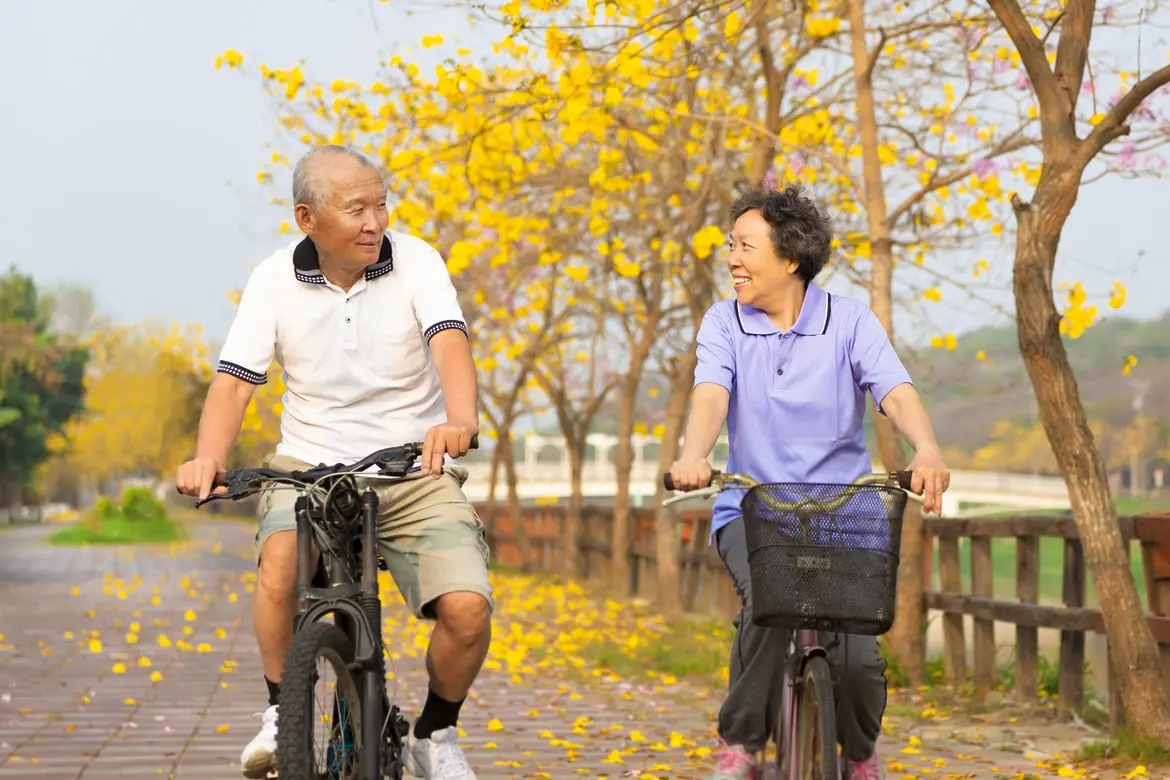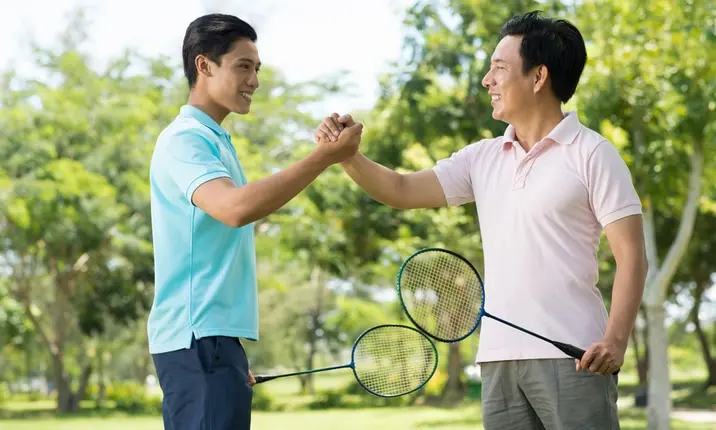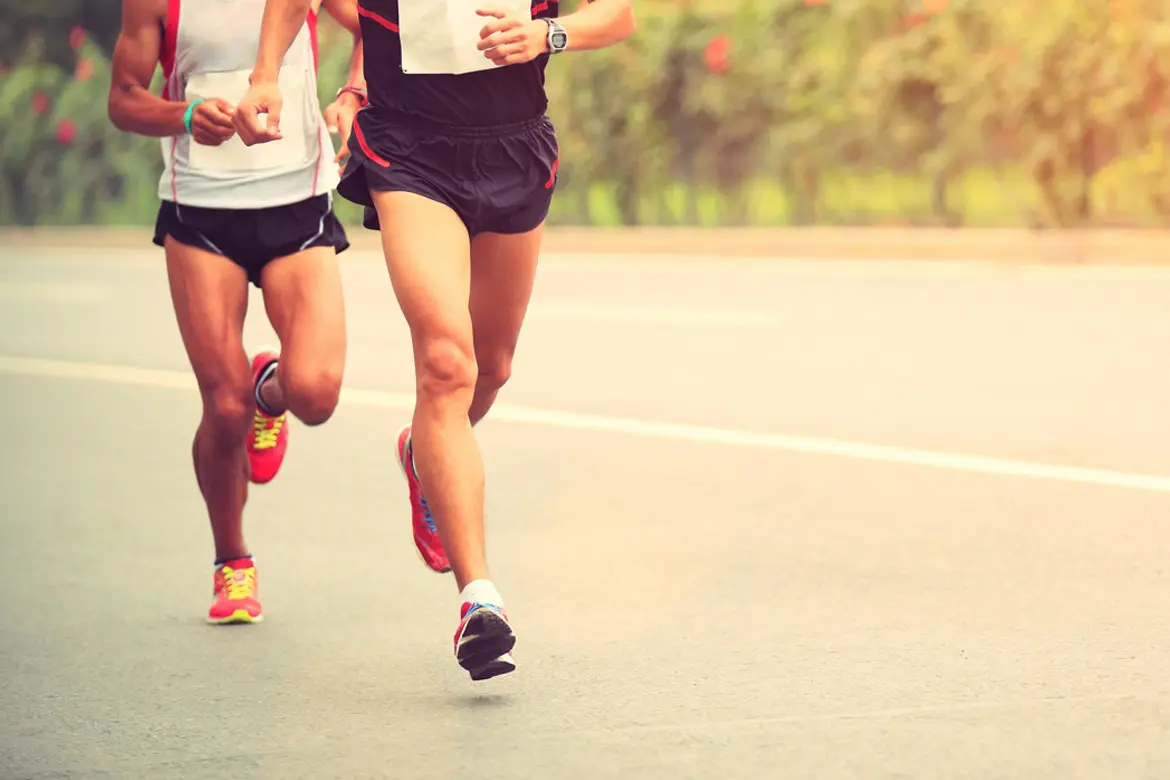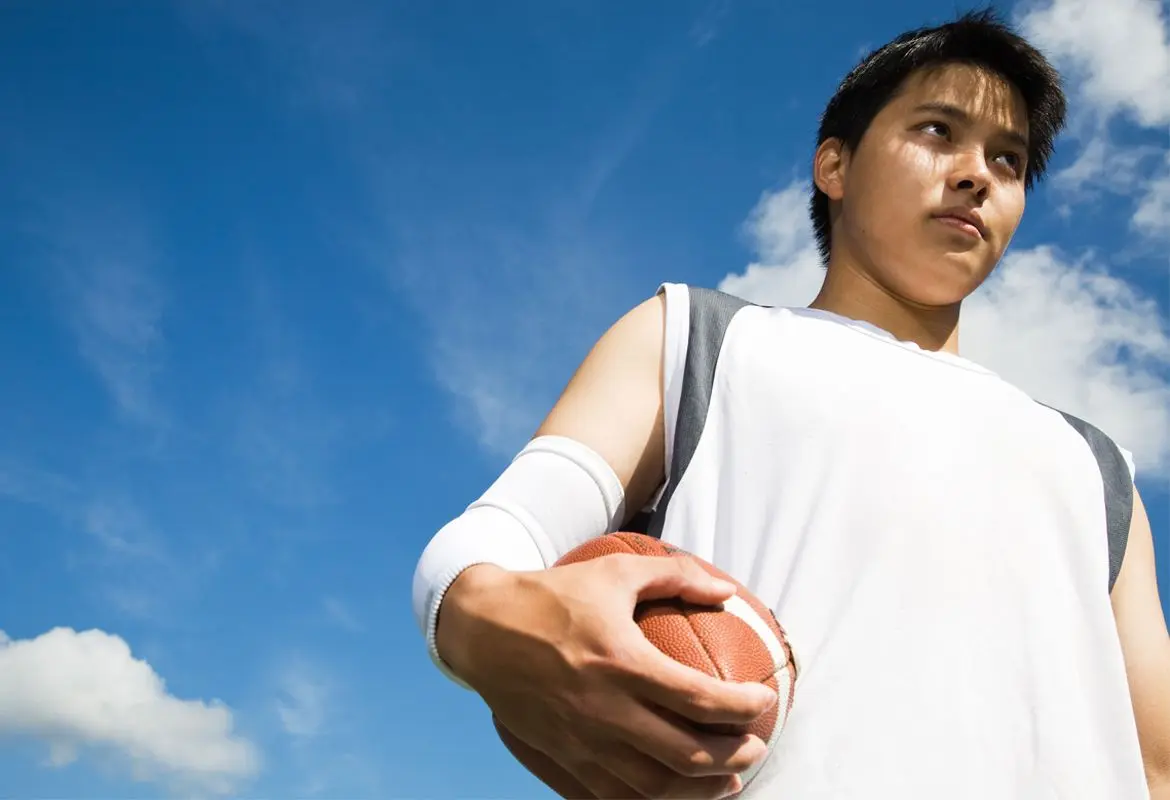If you're above 40, Zumba and racquet sports are great ways to keep active. These activities provide immense health benefits, from maintaining higher metabolism rates and preventing age-related weight gain to reducing your risk of diabetes, heart disease and cancer. The downside? The risk of getting injured during intense exercise increases as you age. The older you are, the longer you'll have to wait for injuries to completely heal.
Zumba and racquet games aren't exactly a walk in the park. If you enjoy these adrenaline-pumping activities, the best way to ensure you can keep doing them is to know the common injuries related with each activity – and how to prevent them.
Zumba
This dance-fitness workout packs so much fun into exercise that it's still popular among all age groups. However, a US study of Zumba participants (whose average age was 44 years old) found that 1 in 4 of them sustained injuries, regardless of their amount of experience in the workout.
Here are some common Zumba-related injuries and how to avoid them.
Sprained and fractured ankles: Zumba is based on dance moves that require a lot of side-to-side movements, twisting, turning and sliding. This increases your chances of accidentally spraining or fracturing your ankle. Most participants attending Zumba classes also wear running shoes designed for forward movements. These shoes lack adequate ankle support and further increases your odds of injury.
Prevention:
- Wearing dance or basketball shoes are highly recommended during Zumba workouts. These shoes are designed for multi-directional movements and provide ankle support.
- If you suffer from weak ankles, wear an elastic ankle brace.
Aching knees: This is a common complaint for beginners and it usually happens when your knee points in a different direction than your toes. In addition, your knee has to absorb all the impact during those Zumba jumps. Consistently exposing your knees to such movements and impact may lead to a stretched or torn meniscus, or even a torn anterior cruciate ligament.
Prevention:
- Always wear the right shoes (ie. dance or or basketball shoes).
- Try to dance on hardwood floors (found in dance studios) as they provide shock absorption. Dancing on makeshift Zumba spaces, such as concrete floors in shopping malls and office buildings, can sometimes lead to painful knees.
- Perform weight-training exercises to strengthen your legs, and wear a knee brace when you work out.
Muscle strains: From your neck and shoulders, to your hips, lower back and hamstrings, overstrained muscles can occur if you fail to adequately warm up and cool down before and after your workout. Furthermore, most beginners tend to overestimate their fitness level and underestimate the intensity of the class. A combination of these factors can lead to overworked muscles, which may in turn lead to severe injuries.
Prevention:
- Spend at least 10 minutes stretching your entire body before and after each class.
- Choose a class that's appropriate for your current fitness level.
- During the class, pay attention to your body and avoid any movements that cause severe discomfort or pain.
Racquet sports
Badminton, tennis and squash are popular sports among Singaporeans. Although they aren't known to cause as many injures as contact sports, they can still be dangerous if you're older.
Here are 3 common injuries and how to avoid them!
Frozen shoulder: If you repeatedly deliver overhead shots, there’s a high chance you'll be feeling pain and stiffness in your shoulder joint. This is caused by putting consistent stress on the joint, which may lead to thickening and inflammation of the connective tissue that surrounds the joint.
Prevention:
- This injury often occurs spontaneously without a clear cause. There's not much you could do, except to strengthen your rotator cuff muscles in your shoulder joint and to warm up and cool down before and after exercising.
- If you have a shoulder injury, allow your shoulder to recover completely before taking up the sport again.
Tennis elbow: Despite its common name, this injury doesn't only affect tennis players but most people who frequently play racquet sports. The pain associated with a tennis elbow is caused by an inflammaton of the tendon attached to the bony, exterior part of the elbow. A UK study found that age (over 35), frequency of playing (3 of more times a week), and racquet grip are all contributing factors to the injury.
Prevention:
- The best prevention is getting professional advice on choosing the right racquet, the proper grip, and the correct hitting technique. Getting these details right will place less stress on your elbow and avoid injury.
- Frequently perform exercises such as the tennis ball squeeze-and-release, wrist flexion stretch and wrist rolls, to strengthen your forearm and improve the flexibility in your wrists.
Knee pain: The sudden movements and rapid change of direction required in racquet sports place great stress on your knees. These can cause a range of knee injuries, including patellar tendonitis (jumper’s knee), and an overstretched or torn ligament and meniscus.
Prevention:
- Besides strengthening the muscles in your lower limbs and performing cross-training to improve your agility and flexibility, pay attention to your footwear. Proper court shoes are usually flat-footed and have support for your feet and ankles.
- Avoid wearing running shoes to play racquet games as they are designed for forward motion and don’t provide much foot protection for side-to-side movements.
If your pain persists for a prolonged period of time, it may be wise to consult an orthopaedic specialist to find out the exact cause of your pain and how to treat it properly.














